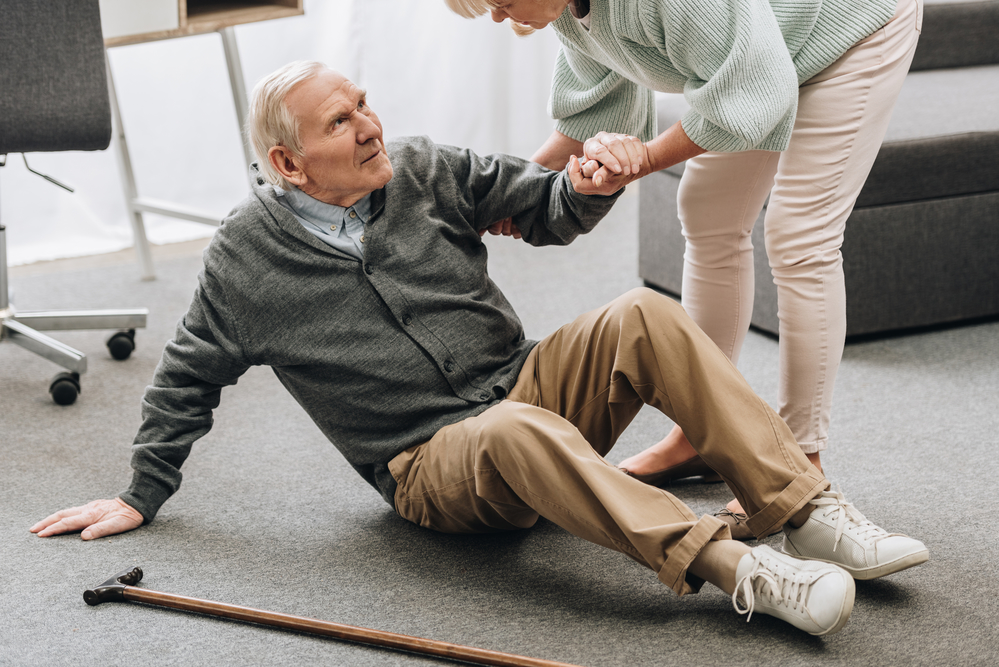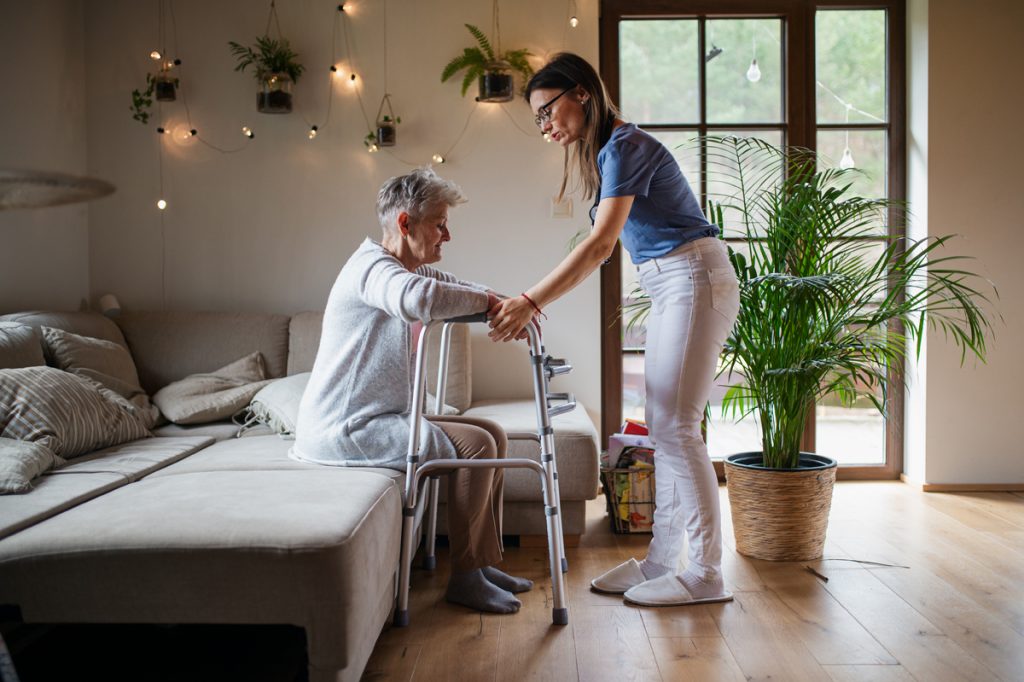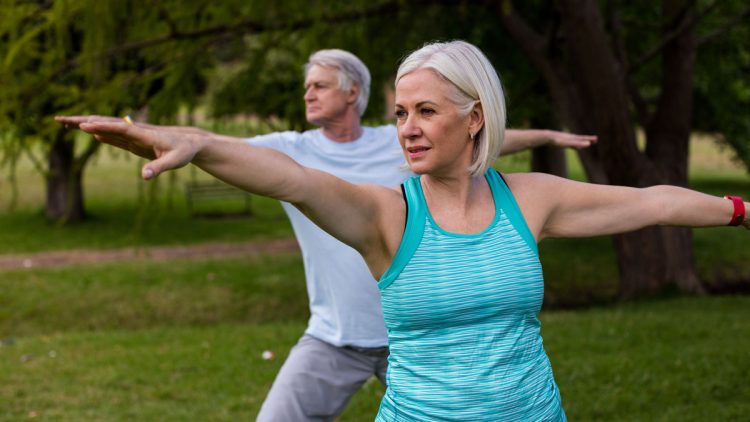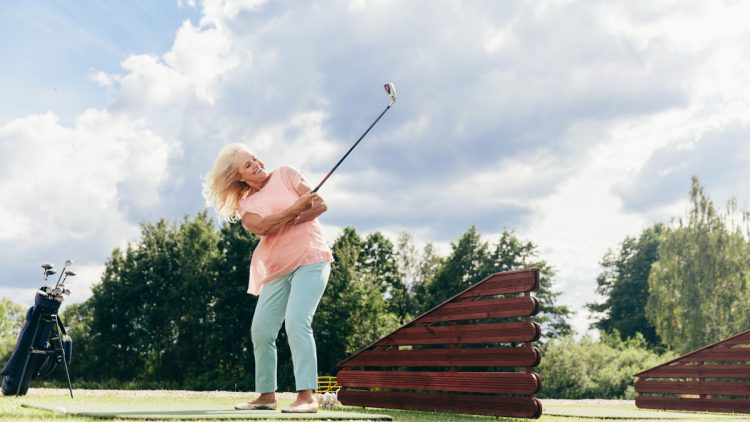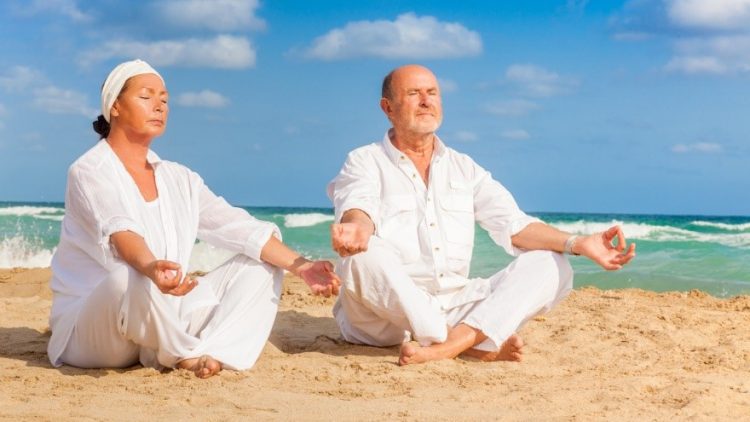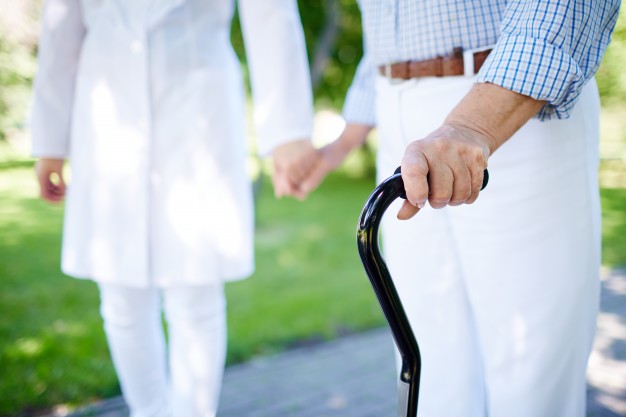Three million workers were wounded or were ill as a result of their work tasks in 2014. Moreover, 4,679 workers were murdered in work-related accidents. Because the consequences of a worker’s disability or death are so severe, countries introduced workers’ compensation systems in the 1970s.
Employers pay workers’ compensation insurance to cover their employees. Employees can file a claim for benefits in the case of a job injury or illness, including pay loss benefits and medical benefits, among other things, to cover expenditures while they recuperate.
However, in order to file and process a claim, it is necessary to demonstrate the injury and objectively quantify the severity of the harm. It’s crucial to assess how much an injury or illness affects a worker’s capacity to fulfill their job duties.
Employers and insurers must evaluate whether a person is genuinely ready to return to work — and in what capacity — once he or she has healed and been approved to return to work. Insurers and businesses want to make sure that people don’t return to work too soon, putting themselves and others at risk. Some of these difficulties are addressed by a functional capacity evaluation (FCE) for workers’ compensation.
A functional capacity evaluation, in essence, aids in the assessment of damage or disability. A disability or damage can be visible at times. Determining how badly someone is hurt and how much their injury impacts their ability to work, on the other hand, is more difficult. An FCE is a professional who works to define injuries and professionally evaluate the level of ability in a systematic manner, which is often required to determine the appropriate amount of benefits. Instead of just designating all wounded workers as “incapable” or “damaged,” a functional capacity evaluation examines each worker individually to identify the best course of action.
A functional capacity evaluation is another technique to match an injured worker’s abilities to the employment needs. Each FCE is tailored to the worker’s unique ailment as well as his or her job title. The FCE’s job is to assess how well an employee’s existing talents match the job’s requirements.
If a postal worker’s employment requires them to carry sacks of mail and walk long distances, a functional capacity evaluation may include examining the worker’s ability to walk and handle high weights if they have had a back injury. If the FCE judges that the worker is unable to walk great distances, the worker may not be allowed to return to the same tasks, but may be able to work at a post office desk instead.
In another situation, an office worker with a similar injury might be cleared to return to work, or the FCE report might suggest that the person sit for no more than two hours at a time. Because every injury and sickness is unique, the functional capacity evaluation produces recommendations for each specific condition and person.
What Is the Importance of Functional Capacity Evaluations in Workers’ Compensation Cases?
An attorney, an insurance carrier supplying workers’ compensation coverage, or your employer may order an FCE. The FCE is a set of examinations that assesses your physical ability in relation to your job. An evaluator certified to conduct these examinations will always administer the tests in an FCE.
A functional capacity evaluation is intended to be both safe and objective in its assessment of an accident or sickness. The tests that make up an FCE will assess a worker’s ability to:
- Motion-capacity
- Physical stamina
- Capacity to lift
- Flexibility
- The ability to carry goods and maintain stamina
- Other skills essential for their position
If you have a handicap or illness, a functional capacity evaluation might help you evaluate if you can return to work. If you are able to return to work, an FCE can help you assess if you need to return to work in a limited capacity or whether you need to make special accommodations. In workers’ compensation situations, functional ability evaluations are critical because:
They can assist you in determining whether or not you are able to return to work. Trying to figure out when an employee will be able to return to work is a crucial part of the recovery process. The FCE is one instrument that can assist with data collection in order to answer this issue.
To avoid re-injury, they can assess whether you need to return to work at a reduced capacity. Returning to full work duties too soon can lead to re-injury, especially if a worker overstretches or pushes a muscle that hasn’t fully recovered. With every scenario, the goal is to assist an individual in returning to work in a safe manner.
A qualified evaluator can determine any limitations that the worker (or employer) must consider during a functional capacity evaluation. A functional capacity examination, for example, may reveal that a worker can only sit for two hours at a time or cannot move goods weighing more than 10 pounds. A worker may be told that they can only return to sedentary employment or that they can return to heavy-duty job. Knowing and following these principles can help you heal fully from a job injury.
They have the potential to avoid additional industrial injuries. Furthermore, recognizing a worker’s potential limits and dangers can help prevent harm to other workers. An FCE can help assess if a worker can lift large objects, for example, minimizing the danger that the employee will drop a big box on a coworker’s foot because they overestimated their abilities. A functional capacity evaluation lowers the risk by keeping workers out of the workplace if their capacity levels are insufficient for their responsibilities.
They can aid in the objective resolution of disagreements over the severity of an injury. A worker’s employer or insurer may disagree regarding the severity of a disability or injury. An FCE from a professional can help provide accurate information on capacity and readiness to work in certain scenarios.
They may be able to provide additional details regarding an injury or illness. Workers’ compensation claims are, in many respects, about accumulating a lot of facts. It might be tough to put a monetary value on an accident or illness. For example, depending on the worker, job requirements, and type of fracture, two employees with broken arms may have vastly varied work capacity. A functional capacity assessment gathers more data so that judgments can be made in each case individually.
They are more precise. Professionally conducted FCEs are more accurate in determining ability than wounded workers self-reporting their abilities, according to researchers. Part of the rationale is that, while a worker’s attitude and conviction about his or her ability can influence how well they perform on any test, a functional capacity assessment relies on standardized tests to assess actual ability. It is also administered by professionals who understand how to assess those abilities. They are one of the more accurate measures to determine ability to return to work, albeit they are not perfect.
They can assist you in determining whether you are eligible for workers’ compensation, Social Security, or other benefits. A functional capacity assessment can also help you figure out if you require occupational therapy or other types of assistance. In many circumstances, an FCE report will propose therapy or allow a worker to receive enough benefits, which will aid in their recovery.
They can aid in the prevention of insurance fraud. Insurance fraud costs the United States roughly $80 billion each year, and it raises rates and makes firms less competitive, putting jobs at risk. An employer whose employee has committed fraud may see their insurance costs skyrocket, making it difficult for them to acquire new employees or even stay in business. When a worker’s claims are evaluated, an FCE encourages them to return to work in some capacity as soon as they are able.


